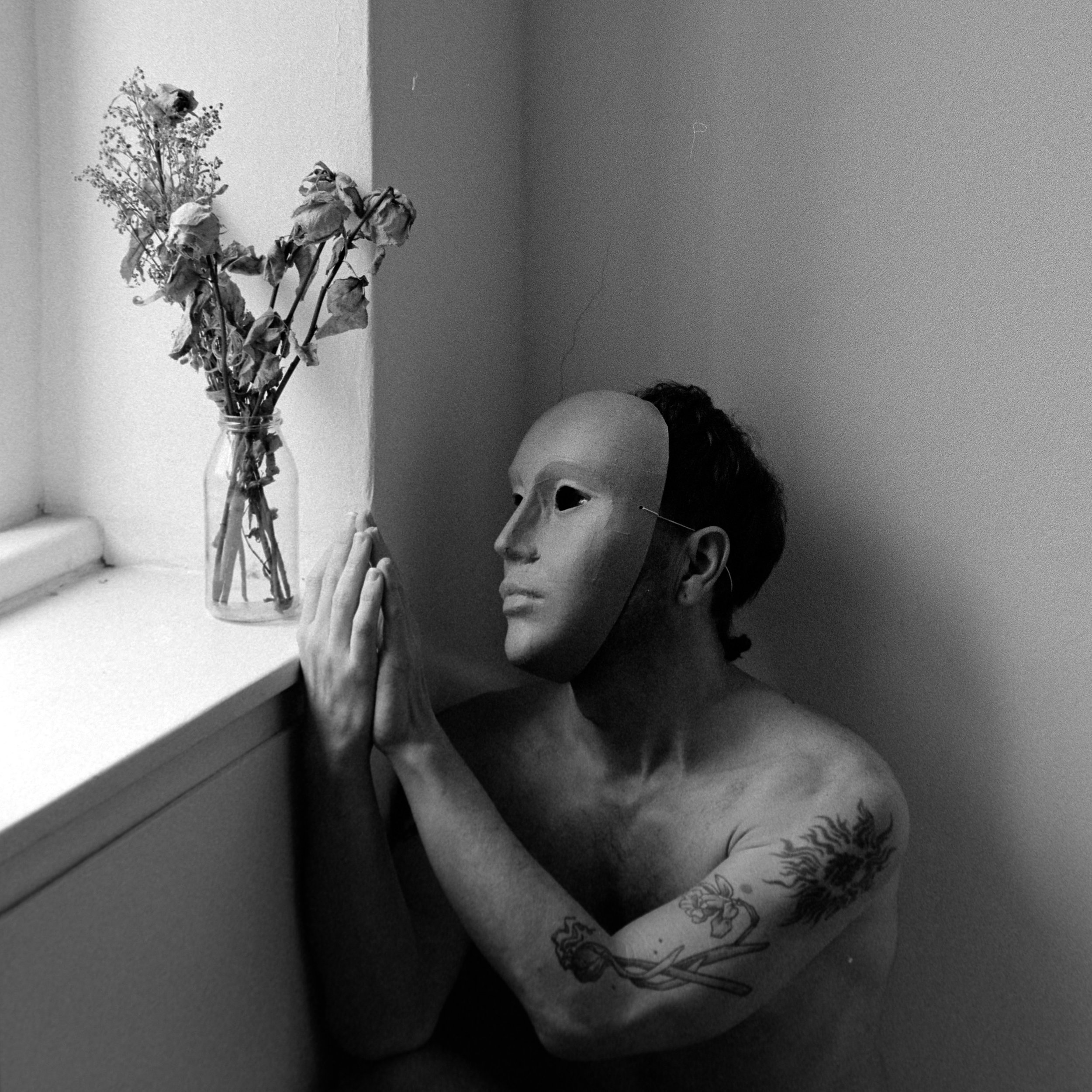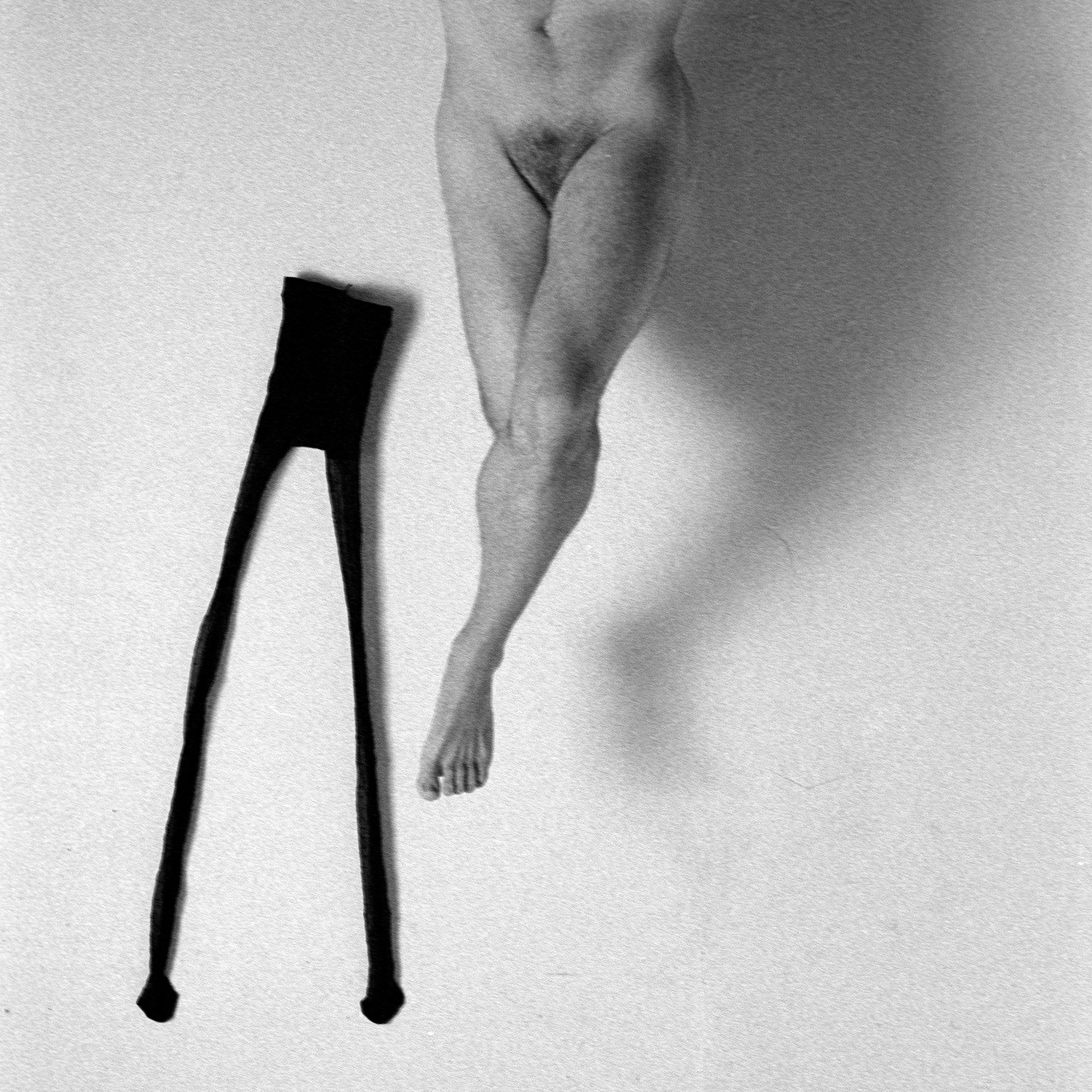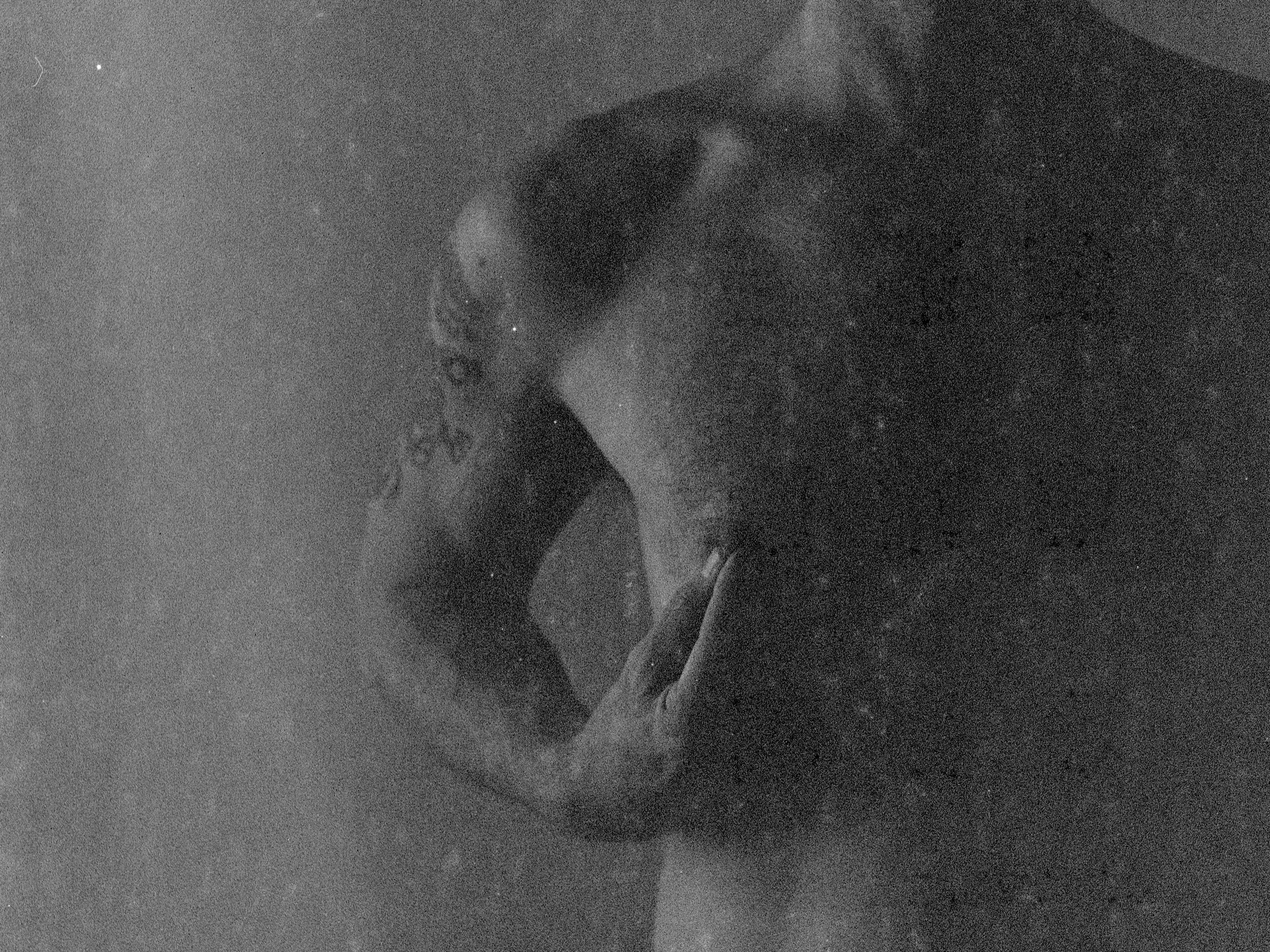
On the Figure That Doesn’t Belong
This essay explores the presence of the male-presenting body within feminist and queer-feminist art—a figure often treated as suspect, or omitted altogether. Drawing on performance, self-portraiture, and critical gender theory, the text examines how male-coded embodiment can act not as a return to dominance, but as a site of tension, refusal, and unmaking. The essay reflects on how such bodies—when staged with intention—can disrupt patriarchal norms rather than reproduce them.

On Queer-Feminist Interruptions in Avant Garde Feminist Art
This essay considers the uneasy but generative relationship between feminism and queerness in the radical art movements of the 1960s through the 1980s. While early feminist art reclaimed the female body, queer-feminist practices questioned what “the body” could mean at all. Through performance, abstraction, and coded gesture, queer artists expanded feminist strategies into stranger, more unstable territories. The text reflects on queerness not as identity alone, but as a method of interruption.

On Queer Embodiment and Space
This essay considers queer embodiment as a spatial practice—one shaped by negotiation, awareness, and disruption. Drawing on lived experience and spatial theory, it explores how queer bodies engage with architecture, publicness, and the everyday choreography of visibility. Rather than simply occupying space, queer embodiment transforms it, revealing how social and physical environments produce, constrain, or allow different forms of being. The essay examines how the body becomes both sensor and sign within space, challenging its implicit norms and proposing new possibilities for presence and belonging.

Intimation: On the Nature of Self-Portraiture
This essay introduces Intimation as a conceptual framework for understanding self-portrait photography not as revelation but as construction. Drawing from references across queer and feminist visual culture—Claude Cahun, Francesca Woodman, Friedl Kubelka—it explores the tension between visibility and control, gesture and concealment. Intimation proposes that self-portraiture is not a confession, but a performance in fragments: a way of hinting, never fully stating, what it means to see and be seen.